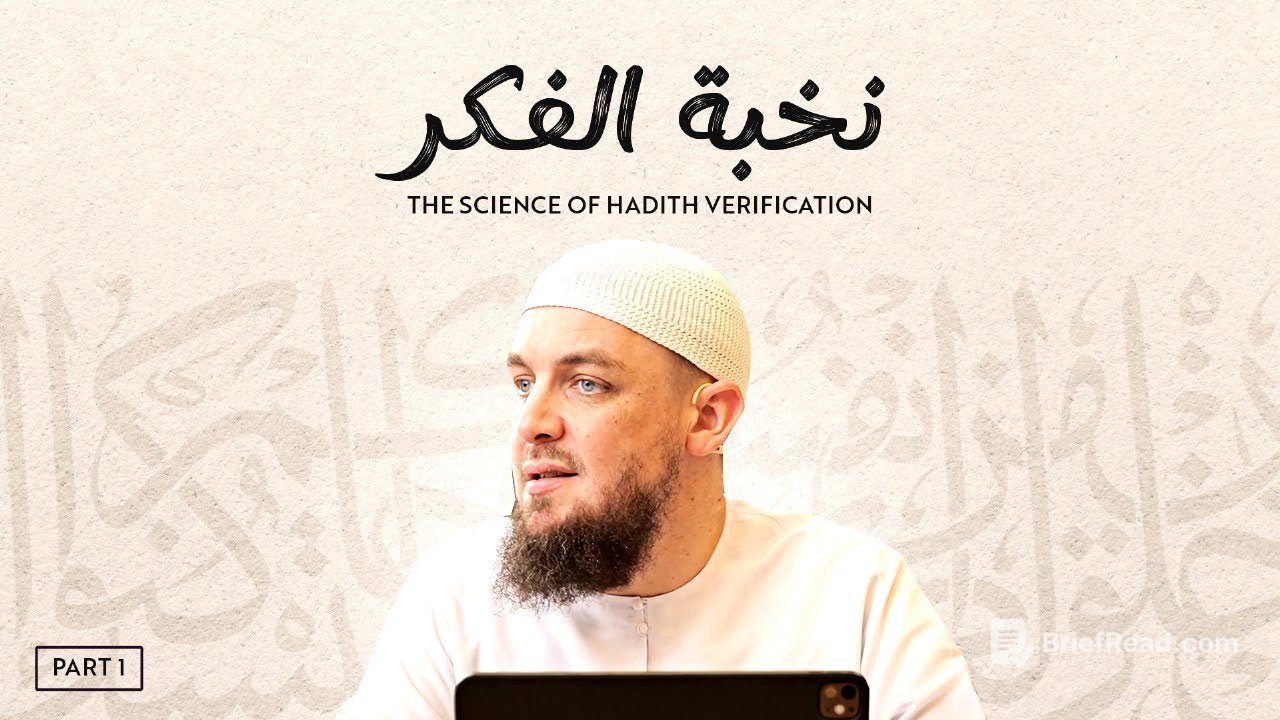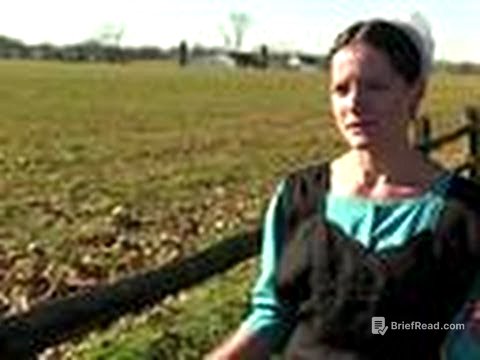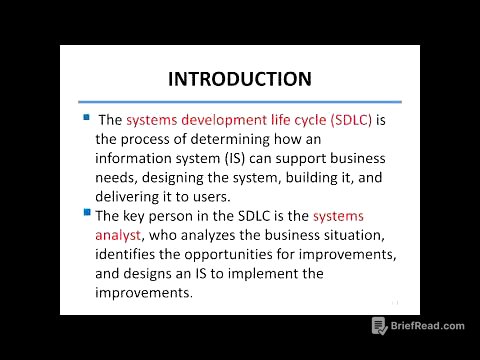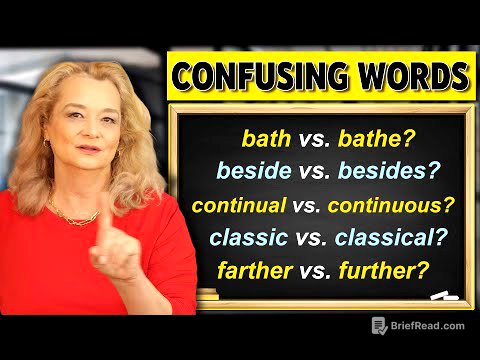TLDR;
This YouTube video provides an in-depth introduction to the science of Hadith, explaining its importance in determining the authenticity of religious texts and practices within Islam. It covers key concepts, terminology, and the historical development of this field, highlighting the roles of prominent figures and the evolution of Hadith literature.
- The science of Hadith is crucial for distinguishing authentic from inauthentic narrations.
- Key terminology and concepts within Hadith studies are explained.
- The historical development of Hadith science, from the time of the Prophet to codified literature, is explored.
Precap [0:00]
The video introduces the science of Hadith, emphasising its importance in discerning truth from falsehood in matters attributed to the Prophet Muhammad. It highlights that repeating studied material reinforces knowledge and addresses the significance of authentic Hadith, referencing statements from notable Imams. The discussion also touches on using weak Hadith as evidence and the reasons scholars transmit them.
Halaqah 1 [1:40]
The speaker begins by praising Allah and expressing gratitude to the Masjid's administration and attendees. The primary purpose of studying Islam is to eliminate ignorance from oneself and others, aligning with the Quran's description of humanity's state. True contentment comes from practising Islam, which involves personal correction and aiding others. The speaker outlines four key actions: gaining knowledge, practising it, sharing it, and being patient. Islamic sciences are divided into primary sciences, essential for direct practice, and secondary sciences, which support access to the primary ones. Primary sciences include knowing Allah, understanding Islamic obligations, and preparing for the afterlife, all of which require knowledge of the Quran and Hadith.
Halaqah 2 [1:53:14]
The discussion focuses on the science of Hadith as a supporting science, aiming to distinguish authentic from non-authentic narrations of the Prophet Muhammad. This ability is crucial because many Islamic sciences rely on narrations. The speaker asks the audience about their prior experience with Hadith studies, noting that most have little to no background. He explains that repeating previously studied material is beneficial. The Arabic definition of "Hadith" is something new, contrasting with something old, and is used because speech always presents something new. Technically, Hadith refers to speech attributed to the Prophet Muhammad, concerning what he said, did, or approved.
Halaqah 3 [3:36:44]
The discussion expands on the technical definition of Hadith, encompassing the Prophet Muhammad's sayings, actions, and approvals. Examples include the Prophet's statement about using a toothbrush before prayer, his practice of during Ramadan, and his approval of a rabbi's description of Allah. The speaker also includes descriptions of the Prophet's physical appearance and personality, such as his moderate height and shyness, as part of Hadith. The Arabic word "Ijma" means agreeing on something. In Hadith studies, it refers to scholars agreeing on a specific meaning for a term, which may differ from its general or other specialised uses.
Halaqah 4 [5:28:56]
The lecture clarifies that the terminology used in Hadith studies isn't found in the Quran or Sunnah but is chosen by Hadith scholars, leading to occasional disagreements. Scholars are free to choose terminology as long as it's not harmful or misleading. The goal is to study these terms to determine what is authentic and what is not, examining details about narrators, chains of narration, and types of Hadith. The science of Hadith didn't exist as a formal discipline during the Prophet's time, but its roots trace back to that era and the time of the Sahabah. Key figures like Umar, Aisha, and Abdahbas played significant roles in shaping this science.
Halaqah 5 [6:29:00]
The speaker provides examples of how Umar, Aisha, and Abdahbas contributed to the development of Hadith science through their actions and teachings. Umar emphasised the importance of verifying Hadith, Aisha tested narrators' memories, and Abdahbas stressed the need to take Hadith only from trustworthy individuals. The Prophet Muhammad himself taught principles later used in Hadith science, such as warning people about unreliable narrators. Formal writing on Hadith science began around 200 AH, with significant contributions from scholars like Al-Ramahurmuzi and Al-Hakim. Abu Abdallah al-Hakim is the first person to compile it in one book. Al-Khatib al-Baghdadi wrote extensively on the topic, and Al-Nawawi organised and summarised the field. The lecture then transitions to discussing the author of the book being studied, Al-Suyuti, and his contributions to the science of Hadith.









